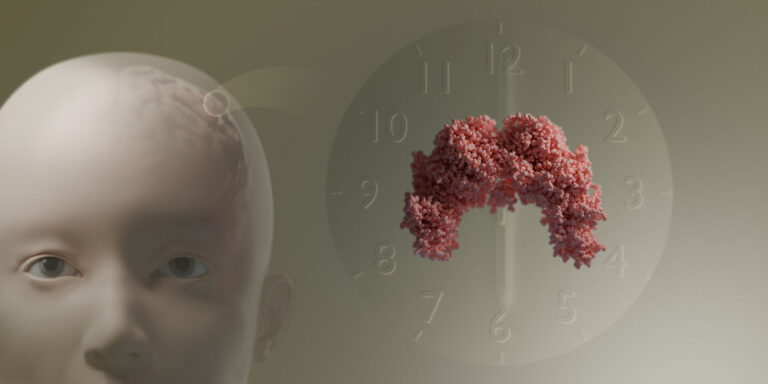Bioengineering | Bioscience | Plant Science
From roots to shoots: decoding strigolactones in plant architecture and symbiosis
Better understanding of the roles of plant hormones could help to engineer advantageous traits into rice and other crops.

New insights into the activity of two members of a category of plant hormones called strigolactones have enhanced the fundamental understanding of the role of strigolactones and could also support making crop plants more resistant to parasitic plants.[1][2]
Strigolactones comprise more than 35 relatively small organic molecules containing several linked rings of carbon atoms. They also include considerable structural diversity within two main categories, known as canonical (with a tricyclic structure) and noncanonical (without a tricyclic structure) forms. Strigolactones regulate many developmental processes that influence the architecture of plants. They also mediate the interactions between plants and mycorrhizal fungi, which is often a symbiotic relationship that benefits both the plants and the fungi.
However, the hormones can also attract and promote the invasion of root-parasitic plants, such as Striga, which can seriously reduce crop yields.
“Knowing which strigolactones regulate plant architecture and which are involved in other functions, such as establishing symbiosis with beneficial mycorrhizal fungi or enabling invasion by root parasitic plants, will help us to optimize and engineer one trait without affecting others,” says Guan-Ting Erica Chen, a Ph.D. student in the group of Salim Al-Babili, a leading expert in strigolactone and Striga research.
The investigation, conducted with co-workers at the University of Torino in Italy, aimed to tease out the role of two canonical strigolactones: orobanchol and its precursor 4-deoxyorobanchol. The team generated rice mutants with a deficiency in the enzyme that forms orobanchol, making plants that lack orobanchol but accumulate excess 4-deoxyorobanchol. They also used gene editing to switch off both 4-deoxyorobanchol and orobanchol biosynthesis, which enabled them to explore the different functions of the two molecules.
“Most importantly, we were able to show that 4-deoxyorobanchol does not determine shoot branching, but regulates growth and development of root, shoot and panicle,” says Jian You Wang, a postdoc in Al-Babili’s lab. The work also revealed some effects of the strigolactones on fungal symbiosis.
The insights came as a surprising bonus from work that was originally expected merely to confirm that the two compounds do not regulate the number of shoot branches. “We were not expecting the other interesting changes that we noted, and these led us to rethink what canonical strigolactones do,” says Al-Babili.
“Confirming that these canonical strigolactones are not responsible for shoot branching sets us the challenge of identifying the true branching-control hormone,” says Wang. “We suspect it may be a noncanonical strigolactone — perhaps even one that is currently unknown — and hope that further genetic and analytical studies will identify it.”
The team will also investigate the role of strigolactones in other important crop plants, such as pearl millet. And they will explore options for modifying the production of specific strigolactones in crop plants to increase resistance to invasive parasitic species, encourage beneficial symbiotic fungi and improve yields.
Reference
- Chen, G-T E., Wang, J. Y., Votta, C., Braguy, J., Jamil, M., Kirschner, G. K., Fiorilli, V., Berqdar, L., Balakrishna, A., Blilou, I., Lanfranco, L. & Al-Babili, S. Disruption of the rice 4-deoxyorobanchol hydroxylase unravels specific functions of canonical strigolactones. (2023) Proceedings of the National Academy of Sciences 120, e2306263120.| article.
- Wang, J. Y., Chen, G. E., Braguy, J., Jamil, M., Berqdar, L., Al-Babili, S. Disruption of the cytochrome CYP711A5 gene reveals MAX1 redundancy in rice strigolactone biosynthesis. (2023). Journal of Plant Physiology 287, 154057.| article.
You might also like

Bioengineering
Building better biosensors from the molecule up

Bioengineering
High value harvests from designer algae

Bioscience
Digging into the world of plant-growth-promoting microbes

Bioengineering
Stray DNA fragments challenge CRISPR precision

Bioscience
Unique microbiome discovered in mountain streams

Bioscience
How a multitasking protein keeps the body’s clock in sync

Bioscience
The theory of everything that wasn’t

Environmental Science and Engineering




